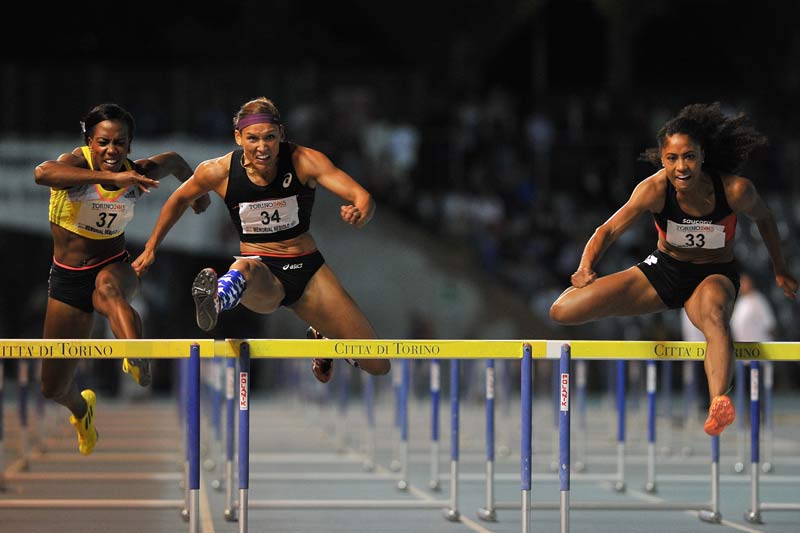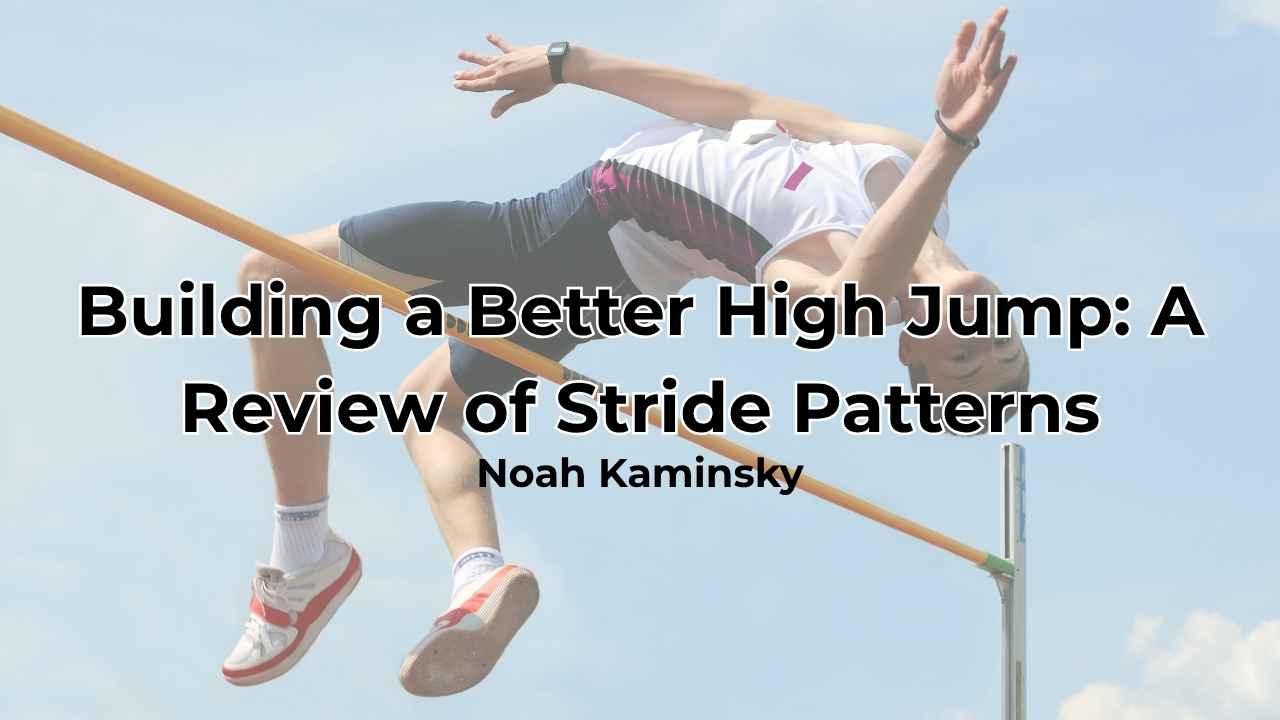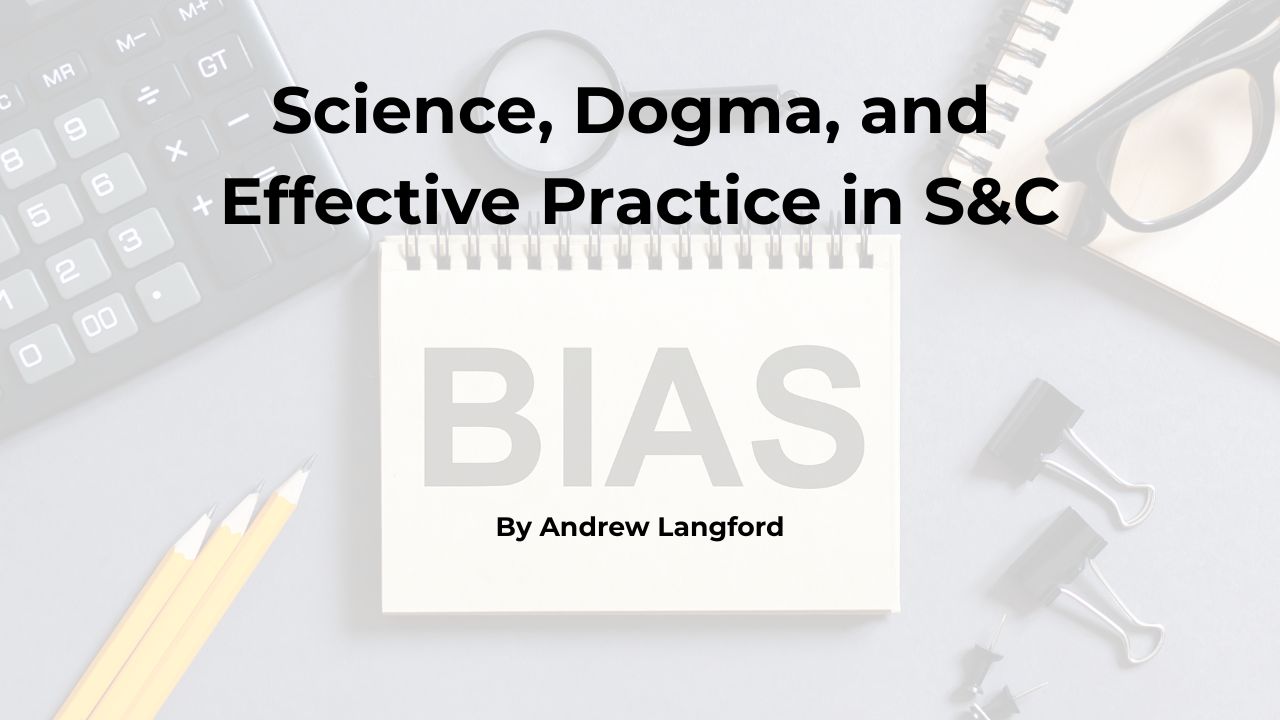[mashshare]

Before you can run fast in the sprint hurdles, you must learn to 3-step. Sometimes athletes can 3-step without having to learn, but you will most likely work with beginners who need to be taught how to do so at full speed and full race distance.
Whether you are a 12-year-old sprinting over 30-inch hurdles to 80 meters, or a 24-year-old sprinting over 42-inch hurdles to 110 meters, the race is absolutely the same. Learning technique is very important as a hurdler, but it is good for nothing if you cannot run full speed over the hurdles in rhythm. Three steps are all you get to create as much speed as possible, and the athlete who can do so without crashing wins.
The key to helping hurdlers 3-step as soon as possible is to get them running and sprinting over the hurdles with only three steps, at whatever distance necessary.
- Phase 1 – Ingrain Rhythm
- Phase 2 – Push Rhythm to Max
- Phase 3 – Adapt to Race Distance
These are the three phases to learning to 3-step. In this article, I am going to show you how keeping the hurdles close is the key to building the good habits and confidence your athletes need to 3-step in races.
First, though, I need to answer the question: “What height should the hurdles be placed at?” The hurdles should be at their lowest height year round. Just as I never allow my beginners to run over race-distance hurdles in practice, I also never allow them to practice over race-height hurdles. This goes back to allowing them to progress properly before advancing.
Advanced hurdlers (who can already 3-step) will work for most of the season with the hurdles placed one notch lower than race height (36 inches for my high school boys, 30 inches for my high school girls). But, once again, they will rarely—if ever—run full speed with the hurdles at 39 (or 33) inches in practice.
Phase 1: Learn the Rhythm
All of my hurdlers, no matter if they’re youth or advanced, begin the season performing three hurdle drills:
- The One-Step Drill
- The Cycle Drill
- The Cycle Ladder Drill
These drills help ingrain a good 3-step rhythm before putting the spikes on and running full speed. With about two solid weeks of nothing but these three drills, all hurdlers should establish a good rhythm and execute sound fundamental technique. It is with these three drills that beginners will begin to feel comfortable clearing the hurdles in rhythm, so they should perform the drills as long as it takes to establish a good rhythm.
Hurdlers learn to establish a rhythm by practicing the one-step, cycle and cycle ladder drills. Share on XMany coaches will want to rush straight into running full speed over the hurdles on Day One, or at least Week One, but I caution against this. The faster hurdlers go, the quicker it sinks in and becomes automatic to the nervous system. If you begin with sprinting at full speed on Day One with bad rhythm and form, you will ingrain bad hurdling and it will have to be undone somewhere down the line in the future.
The One-Step Drill
The one-step drill should start at 6-7 feet apart with the hurdles as low as possible. Move over the hurdles and work to establish consistency and rhythm. You will know when an athlete has learned the one-step drill when they display rhythm over the hurdles.
Begin with five hurdles and, as they learn to clear them faster, advance to seven and 10 hurdles. They will eventually find that “automatic” movement over the hurdles—that is rhythm. This is what you will work to get them to feel over the hurdles at full speed. Although the journey will be long, this early experience with rhythm will make it that much easier because you will now know exactly what to chase.
Coaching Cues:
- Stay Forward
- Swing the Arms
- Heels-to-Hips
Video 1: Clint performs the one-step drill for the first time. As he progresses, his movements become “automatic,” which is precisely what you want to happen for your hurdlers. A successful one-step drill results in an obvious rhythm displayed when moving over the hurdles.
The Cycle Drill
All athletes over 11 years old will be able to 3-step between hurdles spaced 15 feet apart, which is why this is the perfect starting distance for the cycle drill. Again, the key is to watch for rhythm over the hurdles. Simply moving over them without having to stop is a good start, but there must eventually be an automatic reaction to the hurdles with an emphasis on moving forward.
Coaching Cues:
- Stay Forward
- Swing the Arms
- Heels-to-Hips
The drill should start at 15 feet apart, but your hurdlers should be able to progress fairly quickly from there. Once they can perform the drill with all hurdles at 17-18 feet apart, they can progress to the cycle ladder drill.
Video 2: In the cycle drill, the hurdler focuses on pumping their arms and bringing their heels straight up and straight down, with their body leaning forward. The lead leg should not come out towards the hurdle and the trail leg should not go wide.
The Cycle Ladder Drill
The cycle ladder drill will challenge hurdlers to clear increasing hurdle distances without shocking the system with full-speed running. The drill should be executed exactly like the cycle drill, but there must now be an emphasis on driving the trail leg down to the track off the hurdles. The trail leg should land close to the lead leg and it should give a noticeable push forward.
Coaching Cues:
- Stay Forward
- Swing the Arms
- Heels-to-Hips
The drill should begin with the first two hurdles spaced 11 feet apart and increase by 2 feet every hurdle.
- 5 Hurdles
- 11-13-15-17 feet
After they can move through these hurdles in rhythm, I replace the last hurdle with the first and add 2 feet. The progression would be:
- 5 Hurdles
- 13-15-17-19 feet
Once the hurdlers can perform this drill in rhythm through about 20 feet, they will be ready to begin taking full-speed runs over the hurdles.
Video 3: Hurdlers doing the cycle ladder drill should pump their arms and cycle their legs from their hips to the ground, keeping their body leaning forward. The trail leg should feel like it’s landing next to the lead leg as it drives down to the track, and that action from the trail leg should push the hurdler to the next hurdle. Hurdles are moved as per the detailed progression above.
Phase 2: Push the Rhythm
Your athletes very likely did not master hurdle drills in two weeks, but they should have found rhythm and be comfortable clearing the hurdles. Now it’s time to introduce some speed.
Since there are meets to be run and championships to be won, you must advance to the next phase of training. If, however, you have a few months to train before your first competition, you could certainly take as long as you needed to truly master the three drills above.
After a few weeks of solid hurdle drills, athletes will have good form and rhythm, but will not be ready for full speed at race distance. The cycle ladder drill finishes at 19-20 feet (23-24 for advanced hurdlers) but the race distance is (approximately) 27 feet (28-30 for 100/110h) in between hurdles. That is a 7-foot difference for youth hurdlers and one that simply would not be covered in a 3-steps sprint yet. Forcing them to attempt the distance at full speed would only destroy the weeks (or months) of drilling and ultimately slow their progress.
The very first full-speed workout you should perform with hurdlers of all ages is Jammed Hurdling.
For youth hurdlers, jammed hurdling is 4 feet closer than race distance. So, where the race distance for youth is (approximately) 27 feet, the hurdles in practice should be set up at 23 feet apart. This may seem like an exaggeration, but, believe me, it is not when you are working with beginners. Remember: You want to get them to run between hurdles in order to develop good habits and instill confidence. Therefore, you should always keep the hurdles as close as necessary to ensure they are running.
Train hurdlers for speed with jammed and bunched hurdling before attempting full race distance. Share on XAdvanced hurdlers would start the hurdles at the jammed distance as well, but since they already 3-step without thinking about it, they can begin with the hurdles 27 feet apart (3 feet closer).
Bunched Hurdling is the next progression for learning to 3-step, and it is simply taking the hurdles and moving them 1 foot closer to the race mark. For youth hurdlers, this would be 3 feet closer than race distance, or (approximately) 24 feet apart. Advanced hurdlers would be the same, with bunched being around 2 feet closer (28 feet apart).
Video 4: Here is a look at one of my youth hurdlers this past summer, performing full-speed hurdling at the jammed and bunched distances. You can see that she was not running in between the hurdles on the first rep. However, as she progressed and developed the habit, I moved her out to bunched spacings and she continued to adapt quickly.
You must have patience. Don’t assume that hurdlers who performed drills well during Phase 1 will instantly be able to hurdle at full speed. They are beginners and you must allow them to develop at their own pace.
Phase 3: Adapt to Race Distance
The last phase for learning to 3-step is over-speed hurdling, aka 5-stepping.
To 5-step, simply remove a hurdle from the track.
- 1-2-3-4-5
becomes
- 1-2-3-removed-5
Many hurdlers will “bail out” on their first or second attempt, but in my experience they can usually complete the repetition by the third try. If not, move the fifth hurdle 1 foot closer (moving them closer is always the answer).
At the end of the 5-step run, there will be a sixth hurdle with only enough space for three steps, but slightly farther than what they’ve been running over. This will allow them to adapt to a farther hurdle distance, without allowing their doubts to creep in.
Here is the way to set up the workout in order to have your hurdler learn to cover the distance at 25 feet, by 5-stepping between the third and fifth hurdles.
- 1-2-3-4-5-6
- Hurdles 1-5 are bunched (24 feet apart)
- Hurdles 6 is bunched +1 (25 feet apart)
Now remove the fourth hurdle, so that there is room to 5-step between the third and fifth hurdles.
This setup will allow them to move through the first three hurdles at the distance they were last training at, build extra speed through the 5-step zone, and clear the sixth hurdle at a distance they had not previously covered before (bunched+1).
In the example with my youth hurdlers this summer (Video 4), we began full-speed hurdling with the hurdles jammed (23 feet apart), and then bunched (24 feet apart), and finally performed the first 5-step workout with the sixth hurdle at the 25-foot distance.
Here is an example of how the progression would help hurdlers clear greater distances with the 5-step workout:
- Hurdles 1-5 at 24 feet apart
- Hurdle 6, 25 feet from the fifth hurdle (this is the new distance)
- Now remove the fourth hurdle for the 5-step zone (between the third and fifth hurdles)
In this example, the hurdler would 3-step over the first three hurdles, 5-step to the fifth hurdle, and clear the sixth hurdle at the new distance of 25 feet.
When it looks good at 25 feet, you can increase the distance between hurdles 5 and 6 to 26 feet, and so on and so forth until they are within 1-2 feet of race distance.
If they do not 3-step their first race, you simply continue on with the over-speed hurdling, and gradually get them closer to race distance.
Successful Accomplishment of the 3-Step
These are the only three phases necessary to get athletes 3-stepping. The accomplishment usually comes early in the season, which gives you enough time to get Hurdle Volume and Rhythm-Endurance work in before the championship season begins.
When they follow this progression, most of your hurdlers will learn to 3-step before the season starts, and the full progression will allow them to not only 3-step, but continue setting personal best times all the way through the end of the championship season.
I hope this has been informative and you have learned how to successfully help your beginners learn to 3-step. If you would like to learn more, join my Hurdle Rhythm Training Series to learn all of the drills and workouts in detail, and how to prepare for championship season with hurdle endurance and rhythm endurance workouts.
Run Fast. Make Them Chase You. — Coach Cotto
Since you’re here…
…we have a small favor to ask. More people are reading SimpliFaster than ever, and each week we bring you compelling content from coaches, sport scientists, and physiotherapists who are devoted to building better athletes. Please take a moment to share the articles on social media, engage the authors with questions and comments below, and link to articles when appropriate if you have a blog or participate on forums of related topics. — SF
[mashshare]




